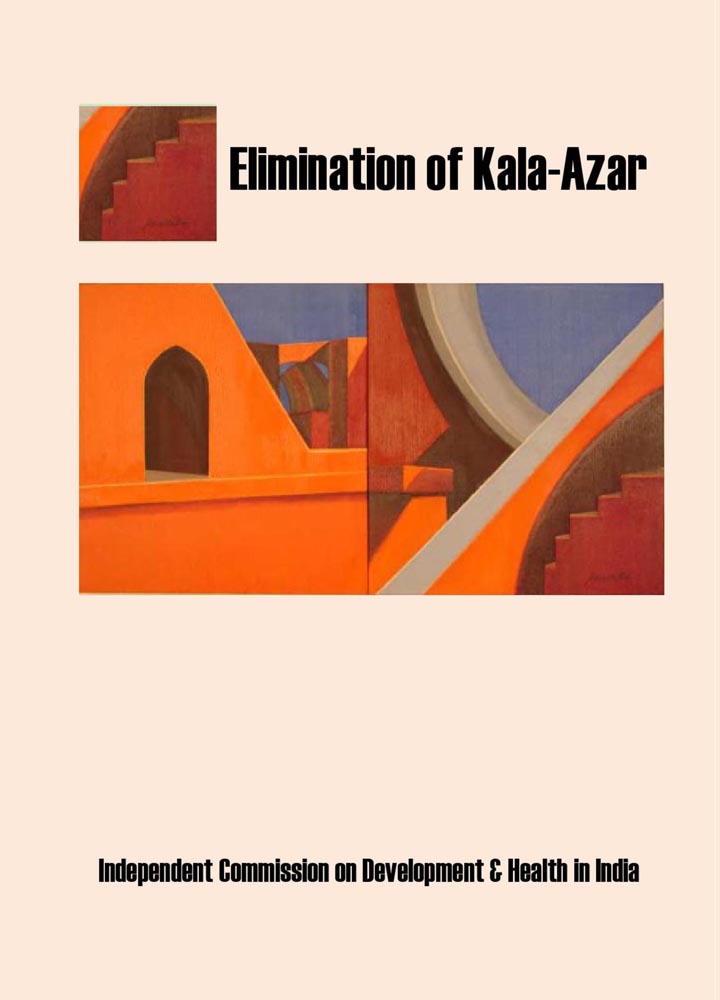The Independent Commission on Health wants to prepare a brief situational Report on elimination prospects of Kala Azar from Bihar, and effectively from India. As a part of that initiative, Dr Lalit Nath, ex-Director AIIMS and Deepak Gupta, ex- JS and AS in Ministry of Health visited Bihar during 11-14 Feb (Programme and people met at Annex 1). We had good co-operation at all the field levels and frank discussions.
We were even able to meet the Collector Muzzaffarpur. (It is important to note, however, that we could not meet the Principal Health Secretary or the Executive Director NRHM cum Secretary, in spite of previous requests and both being in station). We would like to thank Dr Dhariwal, head of NVBDCP, for the excellent co-operation of the officials of the NVDCP. Dr Das Gupta accompanied us also for the field visit. Our findings generally have been shared and discussed with them.
It was found that Expert from World Bank and WHO had also visited Muzzaffarpur separately at the same time last year. A Joint Monitoring Mission has also visited Purnea and Bihar since in the first week of March of this year. Their report is awaited. Many Agencies have come forward to help. This reflects their concern that India has so far not been successful in eliminating KA. This brief Report tries to understand the status and prospects and suggests some practical steps which appear necessary. These are made in the context of everyone being in elimination mode, which presumes a sense of urgency and a mission approach. The primary problem is clearly of governance, which has to be the responsibility of the Governments of Bihar and Jharkhand. Good management will certainly ensure the targeted elimination of KA by 2015. Bad management, as appears to be the case presently, most likely not.

